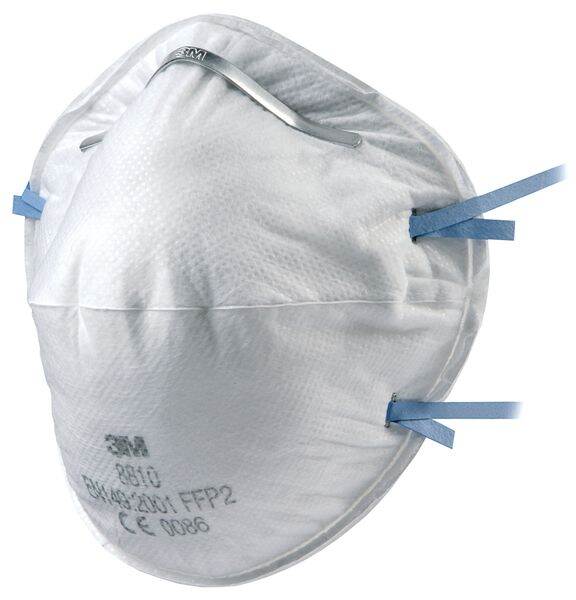Dust Masks
No one will disagree when you say that dust is bad for your health and that you should protect yourself from it. However, the way we protect ourselves is often dramatically inadequate. My parents used to have a boat that occasionally needed repainting. I still remember that after a day of sanding while wearing a dust mask, I would still see all the boat’s colors coming out of my nose in the evening... Here, you can read more about it.

dust masks
The most commonly used protection against dust is a face mask. It makes sense—they are cheap, and once they’re full, you just throw them away. Convenient. But that brings us to problem number one: face masks are often used for far too long. When the filter is clogged with tiny dust particles, air can no longer pass through properly. Problem number two applies to bearded men. If you have a beard, the dust mask won’t seal properly against your face. Air takes the path of least resistance, meaning your lungs won’t pull air through the filters. Instead, the air you breathe will slip between the mask and your skin—dust included.
Overpressure masks
Overpressure masks are a better solution, and if you work in a dusty environment frequently, they are worth every penny. These masks use a small motor to draw in air, so you don’t have to pull air through the filter with your lungs. The filters are typically FFP2 of FFP 3. The mask doesn’t need to fit tightly against your face because the purified air that is blown past your face will also need an exit.
FFP2 of FFP 3
Dust masks are roughly divided into three classes: FFP1 (filters at least 80% of particles), FFP2 (94%) or FFP3 (99%). The higher the number, the finer the dust particles that get filtered out.
Houtdraaiers
Woodturners not only want to protect their lungs but also their faces from flying wood chips. That’s why they often use a dust mask combined with a face shield. Make sure the mask seals properly everywhere. Many woodturners wear glasses, and the space around the arms of the glasses can allow unfiltered air to pass through.
So...
Protect yourself properly. Your health is worth it. Here are two examples of full-face masks with air purification:
1 - JSP Powercap (polycarbonate visor, FFP2 filters, motor on the head, bump cap)
2 - AIRFLOW (polycarbonate visor, FFP3 filters, motor on the back, helmet)


